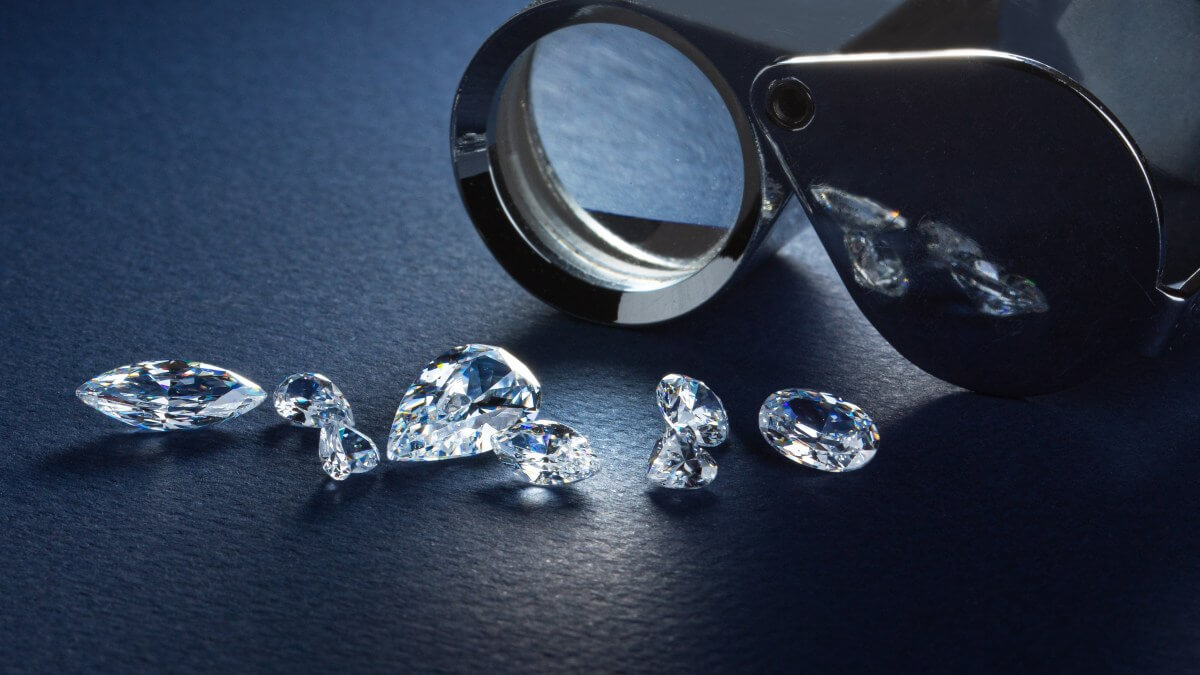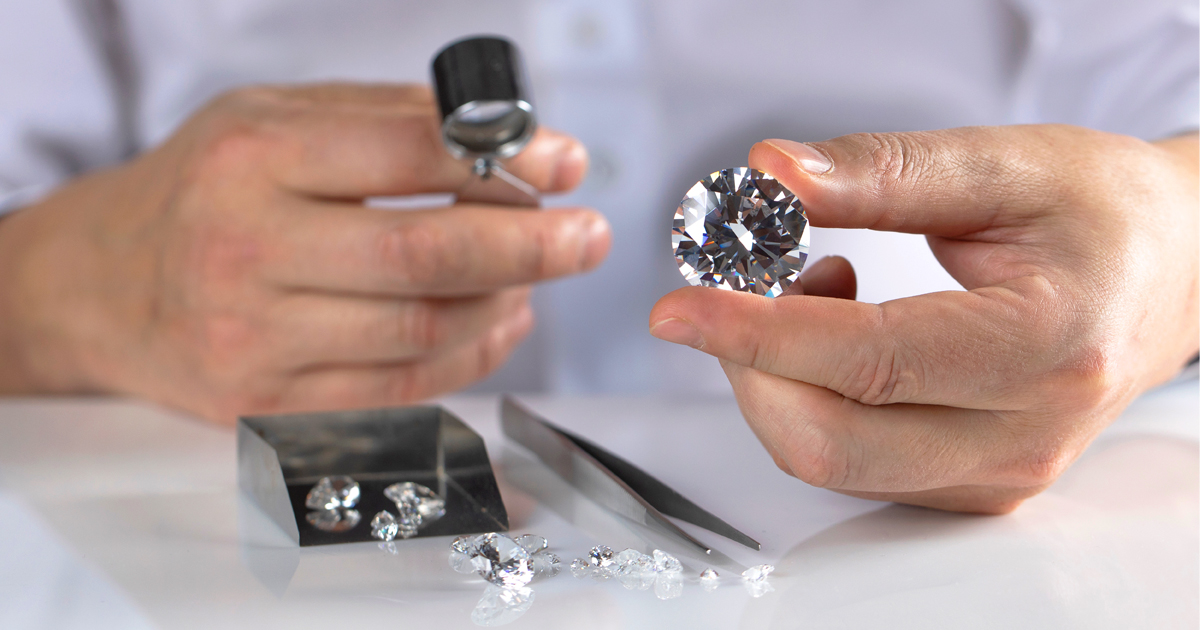Introduction to Diamantschliff
Jewels have enamored mankind for a really long time, representing everlasting affection as well as unmatched excellence and extraordinariness. One of the most pivotal parts of a jewel’s charm is its cut, which decisively impacts its general appearance and splendor. The German expression “Diamantschliff” means precious stone cutting, including a scope of shapes and cuts that characterize how a jewel interfaces with light and the way things are seen by the eye. This article investigates the complexities of precious stone cuts and shapes, giving a top to bottom comprehension of their importance and the elements affecting their choice.
The Specialty of Jewel Cutting
What is Precious stone Cutting?
Precious stone slicing alludes to the exact workmanship and study of forming a crude jewel into a cleaned pearl. This cycle includes a few phases, including arranging, cutting, bruting, and cleaning. Each stage is intended to expand the precious stone’s brightness, fire, and glimmer — terms that depict how a jewel mirrors light and shimmers.
Why Jewel Cut Matters
The cut of a precious stone is critical on the grounds that it influences how light goes through the jewel. A very much cut precious stone will mirror light inside and return it to the eye, making a shimmering impact. Ineffectively cut precious stones, then again, may seem dull or inert. Hence, understanding the various sorts of jewel cuts can help in choosing a gemstone that best meets one’s inclinations and spending plan.
Famous Diamantenformen
Jewels come in different shapes, each with its one of a kind allure and qualities. Here are probably the most well known shapes:
Round Splendid Cut
The Round Splendid Cut is the most famous and exemplary shape. Known for its eminent shimmer, this cut highlights 58 aspects that improve the precious stone’s brightness. The ideal round slice is intended to mirror light from each point, going with it an immortal decision for wedding bands and fine gems.
Princess Cut
The Princess Cut is a cutting edge diamantenformen that consolidates the splendor of the round cut with the square or rectangular shape. This cut is known for its sharp lines and precise features, settling on it a famous decision for the people who lean toward a contemporary and a la mode look.
Emerald Cut
The Emerald Cut is a rectangular shape with cut corners and step-like features. This cut features a precious stone’s clearness as opposed to its radiance. The long queues and mirror-like features give the emerald cut a rich and classic appearance, ideal for the people who value downplayed refinement.
Asscher Cut
The Asscher Slice is like the emerald cut however with a more articulated square shape. It includes a ventured and mathematical example that gives an extraordinary one of a kind vibe. The Asscher cut is known for its profound structure and high crown, which upgrade the jewel’s lucidity and sparkle.
Pad Cut
The Pad Cut is described by its adjusted corners and pad like shape. This cut joins the brightness of the round cut with the exemplary appeal of the old mine cut. The pad cut is much of the time picked for its heartfelt and classic appearance.
Oval Cut
The Oval Cut is a prolonged rendition of the round cut, offering a remarkable shimmer and a slenderizing impact. This shape gives a comparable brightness to the round cut however with a more particular and lengthened profile.
Pear Cut
The Pear Cut, otherwise called the tear shape, joins the round and marquise shapes. This cut is known for its exquisite and emotional appearance. The pear cut can be worn with the point looking up or down, offering flexibility in its show.
Marquise Cut
The Marquise Cut includes a lengthened shape with pointed closes. This slice is intended to boost the carat weight of the jewel, making the deception of a bigger stone. The marquise cut is known for its strong and remarkable appearance.
Heart Cut
The Heart Cut is a heartfelt and particular shape that looks like a heart. This cut is an image of affection and love, settling on it a famous decision for nostalgic gems pieces. The heart slice requires exact craftsmanship to guarantee evenness and equilibrium.
Factors Impacting Precious stone Cut Quality
Cut Grade
The cut grade is a proportion of how well a precious stone has been cut, which influences its general splendor and appearance. The evaluating scale normally incorporates classifications like Phenomenal, Excellent, Great, Fair, and Poor. A higher cut grade shows better craftsmanship and light execution.
Extents and Evenness
Extents allude to the aspects and points of a jewel’s features, while evenness includes the arrangement and consistency of those features. The two elements assume a basic part in deciding how light is reflected inside the jewel. Ideal extents and balance bring about upgraded splendor and shimmer.
Clean and Finish
The clean and finish of a jewel influence its surface perfection and generally speaking appearance. A very much cleaned jewel will have a smooth surface that expands light reflection, adding to the stone’s general excellence. Any flaws or defects on a superficial level can influence the jewel’s brightness.
Picking the Right Jewel Cut
While choosing a jewel, taking into account both individual inclinations and budget is fundamental. Every precious stone cut offers an interesting arrangement of qualities, and the most ideal decision relies upon individual taste and the ideal stylish. Factors like style, settings, and event ought to likewise be considered.
Individual Inclinations
Individual inclination assumes a critical part in picking the right jewel cut. Consider what requests to you most, whether it’s the exemplary brightness of the round cut or the rich refinement of the emerald cut. Each shape offers an alternate special visualization, so it’s vital to pick one that resounds with your style.
Financial plan Contemplations
Jewel reduces can differ altogether in cost, contingent upon variables like shape, size, and quality. The round splendid cut is many times more costly because of its ubiquity and the accuracy expected for its cutting. Different cuts, for example, the pad or pear cut, may offer more incentive for a similar carat weight.
Settings and Style
The decision of setting can impact how a precious stone cut is seen. For instance, a round splendid cut might look staggering in an exemplary solitaire setting, while an exceptional shape like the heart cut might be upgraded by a more intricate plan. Consider how the jewel will be set and the way in which the setting supplements the picked cut.
Conclusion
Understanding diamantschliff and the different precious stone cuts is essential for choosing a gemstone that genuinely reflects individual style and inclinations. From the ageless round splendid to the rich emerald and the advanced princess, each cut offers its one of a kind appeal and brightness. By taking into account factors like cut grade, extents, balance, and individual taste, people can pick a precious stone that accommodates their spending plan as well as turns into a valued piece of gems.
With this exhaustive aide, we expect to give significant bits of knowledge into the specialty of jewel cutting, assisting you with pursuing an educated choice and value the excellence of every precious stone shape. Whether for a wedding band or a unique piece of gems, understanding diamantschliff guarantees that you select a jewel that lives up to your most noteworthy assumptions and inclinations.





